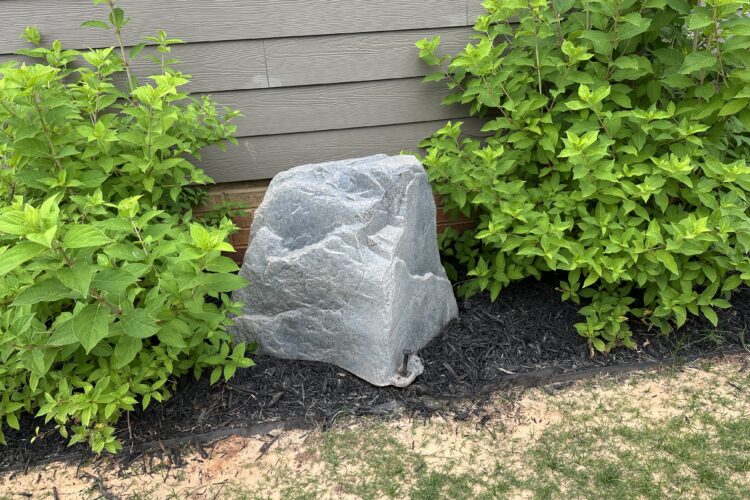
Does my backflow preventer need to be tested?
Do you live in Carnes Crossroads? You might be wondering about backflow preventers and their annual testing requirements. Don’t worry, you’re not alone! Many homeowners find this topic a bit confusing. This post will help you determine if your backflow preventer needs to be tested and how to identify it.
The Obvious Sign: A Letter in the Mail!
The easiest way to know if your backflow preventer needs testing is if you’ve received a letter from Goose Creek. These notices are typically sent out to homeowners with registered backflow prevention assemblies (BPAs) and will include details like:
- Type of Backflow Preventer: PVB, DCVA, RP, etc.
- Make and Model: Specific brand and model number.
Receiving this letter means the original installer followed regulations and notified the county/water purveyor about the backflow preventer installation.
Haven’t Received a Letter? Let’s Investigate!
If you’ve lived in your house for over a year and haven’t received a notice, it’s still important to check compliance. Here’s how:
1. Was Lennar Your Builder? (And Do You Have Irrigation?)
If Lennar built your home and you have an irrigation system, it’s highly likely you have a Continuous Pressure Vacuum Breaker (PVB). In fact, the most common PVB I see around the neighborhood is the 3/4″ Wilkins 720-A.
How to Find Your PVB:
- Look for the “U”: Walk around your property and look for PVC pipe in the shape of an upside-down “U” sticking out of the lawn.
- Brass Assembly: In the middle of the “U,” you’ll find a brass backflow assembly with a circular cover/canopy. This is your PVB.
- Insulation: It might be covered by an insulated green (or black) bag, especially during colder months, to protect it from freezing.
- Common Locations: Check the side or back of your house, usually near your sprinkler meters or valves.
2. Different Builder? Different Device?
If Lennar wasn’t your builder, the installer might have used a different type of backflow device. There are generally three types of backflow devices installed on homes that require annual testing:
- Pressure Vacuum Breakers (PVB)
- Double Check Valve Assemblies (DCVA)
- Reduced Pressure Vacuum Breaker Assemblies (RP)
Important: If you have one of these devices, it must be tested annually by a certified backflow tester.
3. What Doesn’t Need Testing?
It’s also worth noting what doesn’t require annual testing. I’ve seen other devices in the neighborhood, like:
- Residential Dual Checks
- Vacuum Breaker Hose Bibs
While these devices don’t require annual testing by a certified professional, they should still be monitored for leaks and repaired promptly if needed. Neglecting leaks can waste water and potentially lead to other issues.
Why is Backflow Testing Important?
Backflow preventers protect our drinking water supply from contamination. They prevent potentially harmful substances from flowing backward into the potable water system. Regular testing ensures these devices are functioning correctly and keeping our water safe.
Next Steps
If you’ve determined that you have a backflow preventer that requires annual testing, the next step is to contact ST3 Consulting for reliable and professional backflow testing services. We can perform the test and submit the required paperwork, ensuring your system is compliant with local regulations. And if you’re looking for a truly hands-off solution and don’t want to worry about remembering the annual test, consider signing up for FlowCert. FlowCert manages the entire process for you, ensuring your backflow preventer is tested on time, every time!
Disclaimer: This information is intended for general guidance only and should not be considered professional advice. Always consult with a qualified professional for specific advice related to your property and backflow prevention needs.



